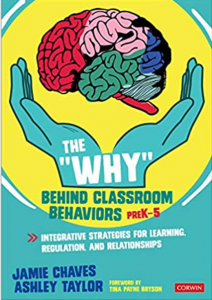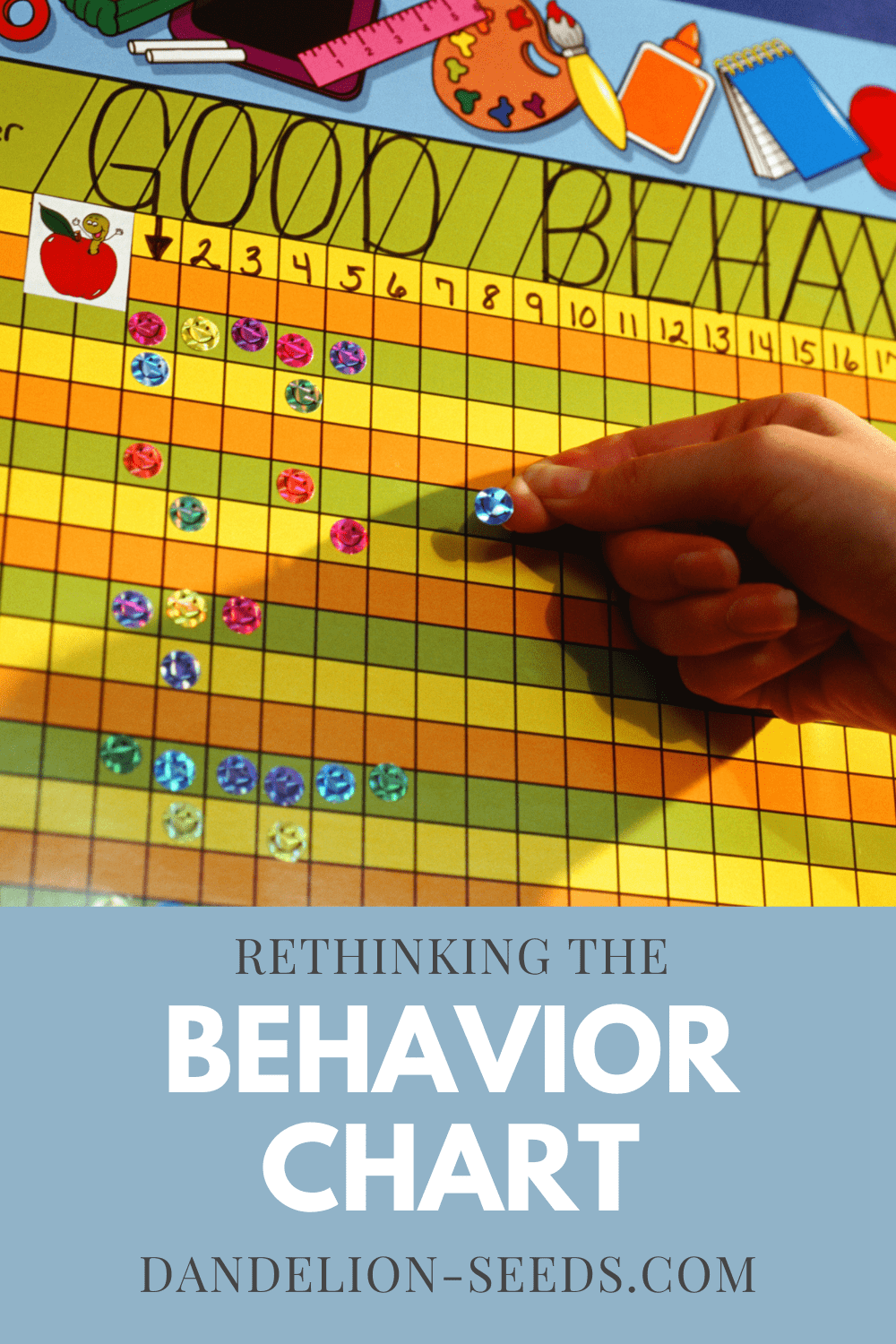
Sign in
Don't have an account with us? Sign up using the form below and get some free bonuses!

In a recent interview, I spoke with Dr. Jamie Chaves and Dr. Ashley Taylor about their new book, The Why Behind Classroom Behaviors (afflink). In it, they share their wisdom about everything from the sticker chart to mirror neurons -- and guide teachers (and parents acting as teachers) toward the most beneficial learning environment for their students.
Below is an excerpt where we discuss the sticker chart, specifically. I encourage you to watch the full interview here:
Let's talk about behavior a little bit.
I grew up in the age of the sticker chart, gold stars, and those stoplight cards where if somebody wasn't behaving appropriately, they got a red light for

the day. A certain number of red lights across the week meant you don't want to be that child at the end of the week.
Is this really the right way to be leading a classroom these days? If not, what is?
In the book, we focus a lot on reframing behavior plans and talking about the different types of sort of behavior modification.
We really don't recommend any sort of public shaming blaming or having other students see if a child is struggling. That's not an effective way to to teach and to support students
We do talk a little bit about how some students can -- I have worked with a lot of students who actually do respond well to earning rewards if it's done in the right way. But, that means that they already have to have a certain level of regulation and a certain skill set in order for that to be effective.

If they don't have that regulation and there are certain skills that they're still working on developing, then the behavior chart and the sticker chart and their rewards can actually do more harm than good.
We talk about an alternative to that. Piggybacking off of what Jamie was talking about with helping to identify the expectation gap is one way to reframe this. Really understanding and identifying what are the expectations of the classroom?
The gap between the child’s abilities and the expectations in the classroom is likely what's causing the behavioral problems that we're seeing.
So, we want to support the student and the teacher in being able to close that gap. The end goal is not necessarily to change the destination, right? You still want the child to be able to meet their goals.
So we're still going to have the expectations. We're just going to lower them and build the child's skills so that they can build the skills and in a space that feels safe and they can feel successful.
Then, as time goes on in their building the skills, you can increase the expectations.
That's that scaffolding that we've been talking about that looks at both of those pieces that can really help the success of both the student and the teacher. You don't need any sort of rewards [or sticker chart] for that.
...Often the kids who are showing disruptive behaviors are the ones who are identified, but there are also students who withdraw or shut down or look bored or tired or sad, and those are also the students who are needing support they're not in a state of regulation.
So it's important to identify those students, and help support them. Realizing what are their expectations and what are their skills [is critical] because they are going into what we call the blue zone.
They're dropping their state of arousal and that's a way of communicating, “This is really hard and I'm shutting myself down.”
With typical behavior plans [and a sticker chart], if you are just targeting that behavior, you're also eliminating the form of communication between you and the child. If you're telling the child, “Don't communicate with me through your body or nonverbal cues,” or whatever language they're able to give you in that moment, that's not a part of a relationship.
And then you're left with nothing; and then you don't know what's going on because you told them that you can't do these things to communicate with me.
Otherwise, I'm going to move you on your sticker chart and then you're both like, "Well, now what’s left?"
So we really do want to start with understanding the “why” behind these behaviors so that we can support them from the bottom up.
That makes so much sense.
It really seems like so many of these behavior cards and the sticker chart, as you mentioned, are the antithesis of co-regulation.
It's "Here's my quick fix and now I'm done," and we want to empower teachers to really have that relationship that you just described where we teach through connection. We empower through connection, and we guide children to be intrinsically motivated to succeed, rather than wondering how many gold stars they can have lined up on the wall by the end of the year.
It's not about the gold star count.
It's about what they have actually learned, not only academically, but also about themselves, so that we can grow from a social-emotional perspective and be all the more prepared for class next year -- as a brighter, stronger, emotionally healthier, and more whole student than when they were younger.
*
If you're homeschooling, check out this short but information-packed course about how to make it easier this year (for you AND your child).
